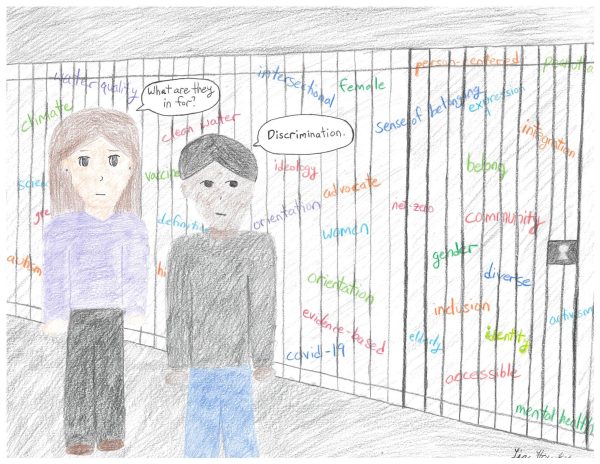COVID – 19: Interesting Global Responses to the Pandemic
Ever since it began, the COVID – 19 pandemic has affected our lives in more ways than we realize. It’s been over 2 months since we were in school and about the same time that our parents haven’t been able to go to work. With millions of people losing jobs every week, unemployment currently stands at 19%, meaning almost 1 in 5 Americans no longer have a job.
To make matters worse, the spread of the virus is showing almost no signs of slowing down. New cases are being reported each day and the death toll stands at a staggering 95,000 people in just the US, and that number is growing.
In the midst of all of this, many countries have chosen unique ways to deal with the pandemic, both in terms of protecting human life and preventing economic hardship among their people. Below, I’ve outlined the 3 that I believe stand out the most. Some of them succeeded, the others, not so much.
Cuba
To understand Cuba’s response we must understand what supplies they had in place before the pandemic struck. As a country, Cuba has an unusually high number of medical professionals; in fact, these high numbers allowed them to send doctors and nurses to countries whose numbers fell short of requirements.
When the pandemic was reported in mid-January, the Cuban government was quick in taking adequate measures including a total lockdown for vulnerable groups and door-to-door surveys to identify high-risk groups and symptomatic individuals. When they realized that social distancing and wearing masks weren’t doing enough, they hired vehicle drives to transport citizens, especially those with symptoms and aid workers.
Although we must keep in mind that Cuba is a centrally controlled regime, this worked out in its favor and now the country has dramatically brought down the initial surge in positive cases.
Sweden
This approach to the virus looks at the other extreme of the spectrum. While countries like Cuba were lightning fast in its approach to tackle the virus, Sweden has done the exact opposite – nothing. I mean, of course, basic steps such as the closure of educational facilities and a ban of public gatherings have been put in place, there’s nothing else as such that the country is doing to deal with the virus. Restaurants and bars remain open, social distancing is voluntary and the country has admitted to not tracking people with symptoms to protect their online safety and privacy.
Why? The answer lies in the scientific concept of “herd immunity”. In simple terms, if enough of a country’s population (60%) is immune to the virus, the curve will flatten without having to social distance or even institute a countrywide lockdown. While this approach hasn’t produced significant results yet, the transmission of the virus in Sweden remains low.
China
The source of the virus, Wuhan, lies in the dead center of China. Many have even blamed the country for negligence which led to the spread of the coronavirus, eventually killing hundreds of thousands of people. China’s diplomatic ties have taken a hit and many companies have decided to move production out of China due to health and safety concerns. On the other hand, China has received significant praise from the likes of the United Nations and international forensic experts for their handling of the virus on a domestic level.
The Hubei province, which is the epicenter of the virus has been on lockdown for 2 months along with 15 other provinces. They account for 54% of China’s population i.e. 760 million people. As an authoritarian communist government, they were quick to implement these measures and the daily cases have dropped from a few thousand at the peak.





